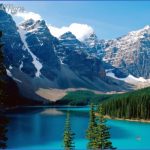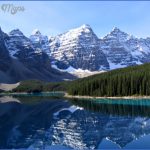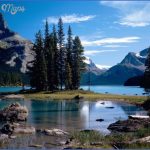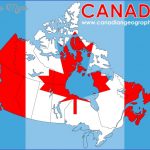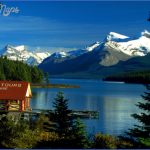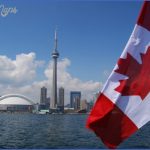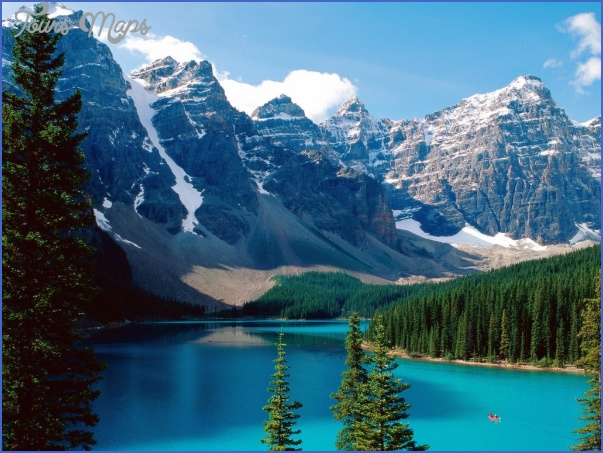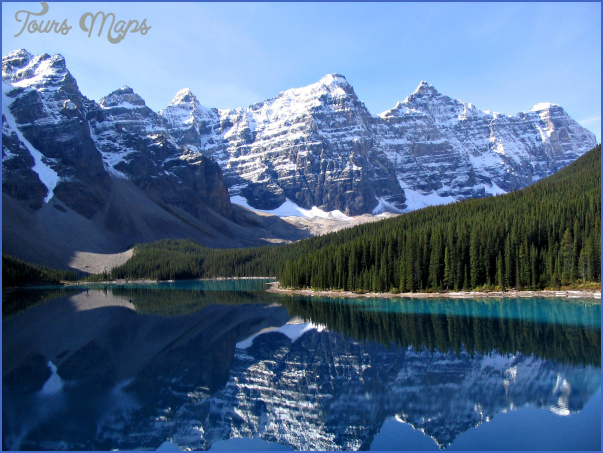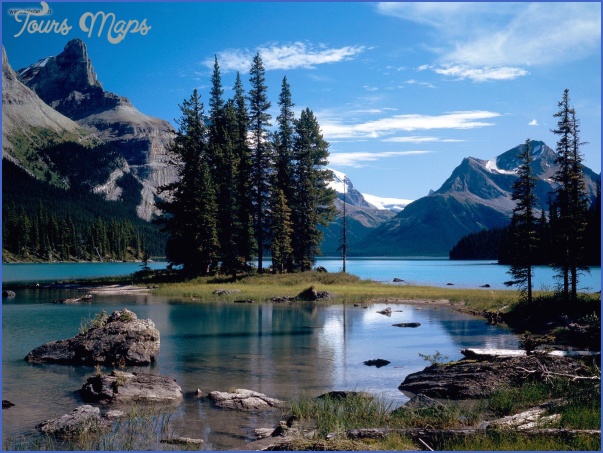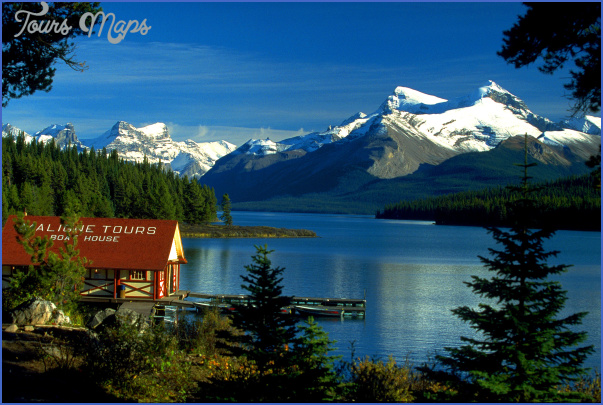America borders on the magnificent reads a Canadian tourism ad. The ad is in part right. The Canadian outdoors is magnificent, A land larger than any one person can hope to comprehend. There are also fine cities and a culture rich in history and diversity. Canada’s twenty-four million people occupy the world’s second largest country in land area. It shares a fifty-three-hundred-mile border with the United States, much of it along the 49th parallel in latitude. It has thousands of lakes, rivers, streams, and swamps. The Canadian Rockies are even more grand than those Rockies in the United States. Canada is a storehouse of vast quantities of energy and minerals.
A striking difference between the U.S. and Canada is that in Canada a third of the population speaks French. Many of them do not understand English and the English-speaking Canadians are not too keen on being taken as Americans. They are Canadians. As someone put it, A Canadian is someone who has turned down a chance to go and live in the United States.
Canadians have been called the quiet Americans, more reserved than their friends in the U.S., more mannered and, in many parts of Canada, more class conscious. Private clubs are taken quite seriously; rank and status are respected. Regional attitudes are strong. It is largely a middle-class society, hard-working, materialistic, conservative and cheerful.
Culturally, Canada has the strong heritages of Britain and France. Quebec is predominantly French and insists on maintaining its Frenchness even to the point of wanting separation from the rest of Canada. Other Europeans have brought their ethnicity to Canada making some cities, especially Toronto, the largest city, multi-racial and multicultural. Some sixty thousand Indians still live on reservations, the Pacific Coast Indians with quite different cultures than those living near Hudson’s Bay.
Not surprisingly, the greatest international travel by United States residents and by Canadians is between the two countries. The travel statistics are impressive: sixty-eight million total crossings thirty-eight million from the United States into Canada and thirty-two million the other direction. (Mexico is a very distant second in the border-crossing sweepstakes.) Most visitors between Canada and the United States stay close to the border where life is hardly distinguishable from home. Except in French-speaking Quebec, Canada’s language is English.
Eleven million U.S. visitors in Canada remained for one or more nights in 1981. They left $1.85 billion. Other visitors spent $815 million in 1981. Two-thirds of U.S. visitors to Canada go to Ontario. Quebec receives the second largest number. British Columbia is next, then Alberta, Saskatchewan and New Brunswick.
CANADA Photo Gallery
Maybe You Like Them Too
- Rosewood Hotel Georgia Vancouver, Canada
- Where is Labrador, Canada? – Labrador, Canada Map – Labrador, Canada Map Download Free
- Where is Toronto, Canada? – Toronto, Canada Map – Toronto, Canada Map Download Free
- Travel to Canada
- Canada Subway Map

